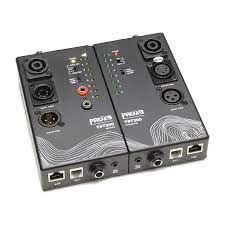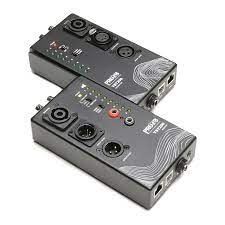Multifunctionaalne kaablitester Procab TST200
49,00 €
Multifunktsiaalne kaablitester kaablitele, millel on XLR M/F (3-pin/5-pin), 3.5 mm jack, 6.3 mm jack, DIN (3-pin/5-pin), RCA, Speacon (4-pin), RJ45, RJ11, BNC pistikud
- Description
Description
Highlights
- Multi-functional cable tester
- Split transmitter and receiver allows testing cables installed through walls or ceilings
- Continuity test via supplied test leads
- Test tone generator with adjustable amplitude ( 0 / -10 / -50 dB @ 1 kHz)
- Three test speeds (fast / medium / slow)
- Operation through 2 x 9V batteries (included)
The PROCAB TST200 Cable Tester comes with all audio and electronics industry standard inputs, such as XLR Male/Female (3-pin/5-pin), 3.5 mm jack, 6.3 mm jack, DIN (3-pin/5-pin), RCA, Speaker (4-pin), RJ45, RJ11, BNC. The unit has separate ‘Sender’ and ‘Receiver’ units, which are able to be locked together for ease of transport, or split apart for testing cables at either end of a signal chain.
Simply plug in either end of an audio cable into the “A” and “B” side of the device, then select your mode to check signal continuity across all active pins or conductors. The brightly coloured LED’s will light up indicating signal continuity and which pins are connected together. The inbuilt speaker of the TST200 also beeps when a successful connection is made between the Sender and Receiver units. If not all connections are made, no beep will sound, and the faulty connection’s LED will not be lit.
Thanks to the split unit design means you can test both cables you have on hand, as well as longer cables that are already set up. This time saving feature removes the hassle of packing down your cables just for testing. The sender unit (B) includes a switch to select the speed in which the connections are tested, as well as the power switch.
This two-part cable tester is reliable and durable, whether it be on the road or in the studio. Both the A and B units are powered separately, and each side requires 9V battery power.



